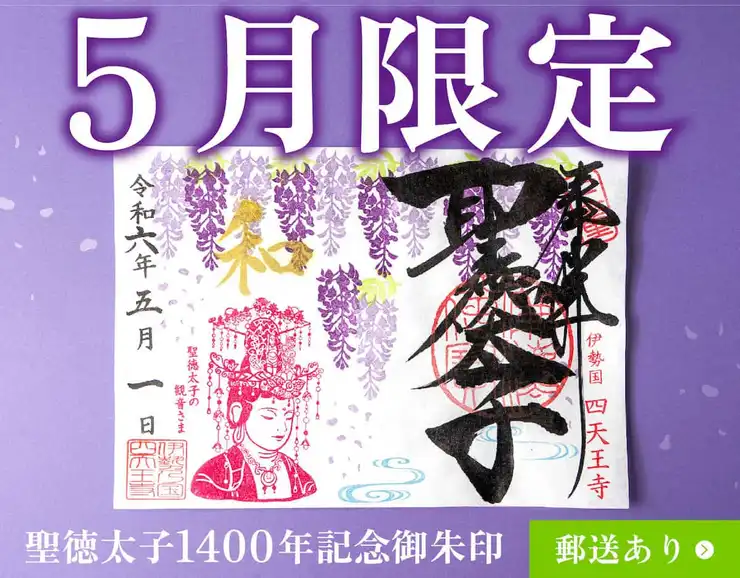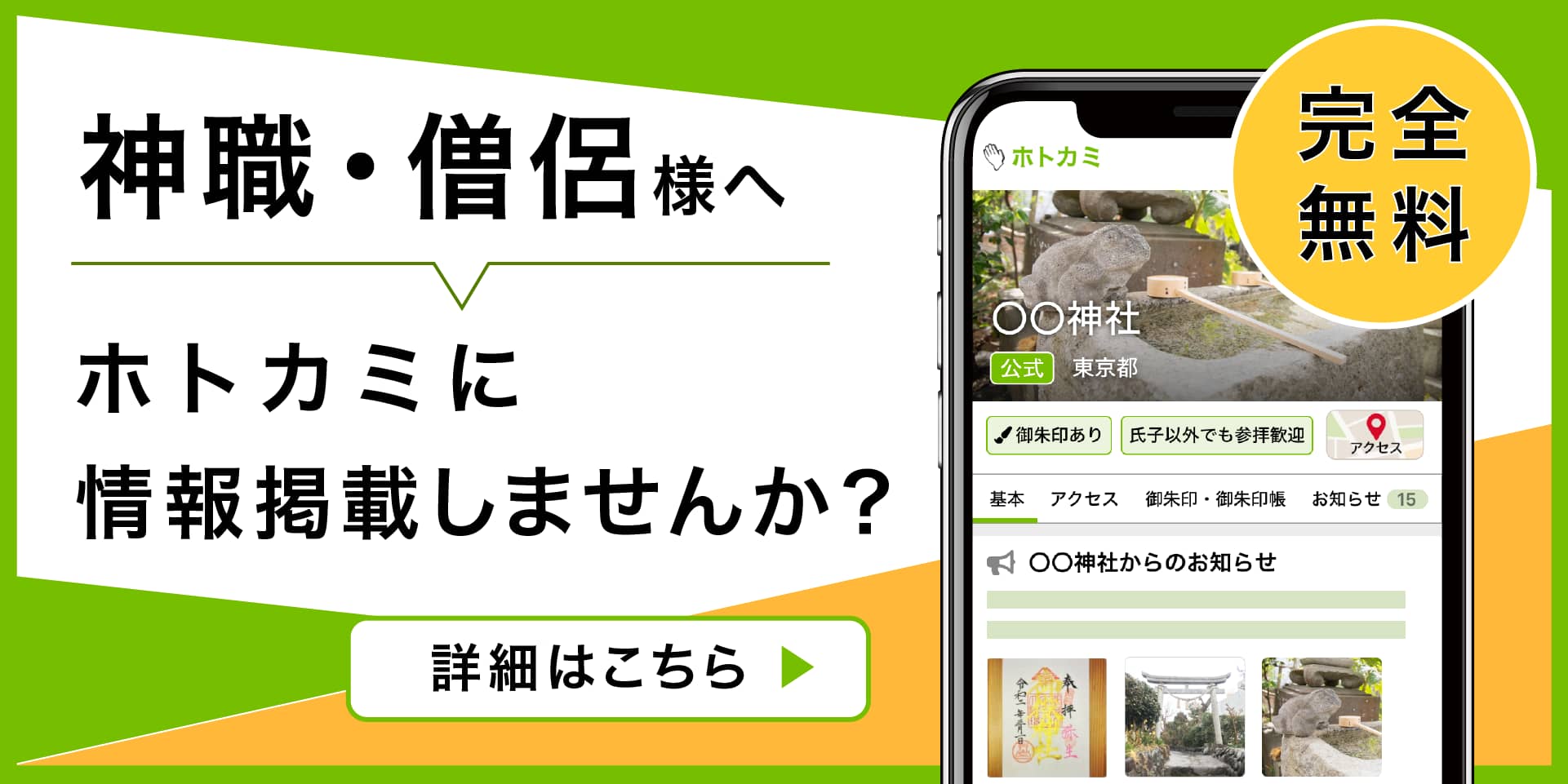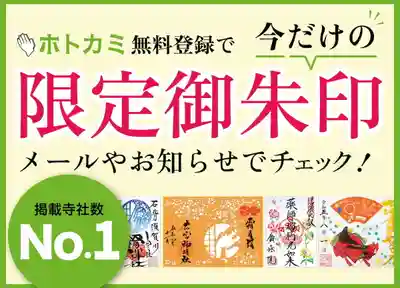ねづじんじゃ
御朱印・神社お寺の検索サイト楽しみ方

根津神社ではいただけません
広告
根津神社のお参りの記録(1回目)
投稿日:2024年01月07日(日)
⛩️our video
Nezu Shrine 根津神社
https://youtu.be/NnSYkLXTNqk
Nezu Shrine in Tokyo's Bunkyo ward near Ueno Park is one of Japan's oldest shrines, and certainly one of its most attractive. Nezu Shrine is set in lush greenery, with ponds of carp, pathways that are tunnels of small shrine arches, and elegant, beautifully colored, wooden structures that reflect Japanese culture in all its age and beauty
Nezu Shrine is at the peak of its spring beauty when the Shrine's thousands of famous azalea bushes bloom pink and white on its spacious hillside garden in April. Nezu Shrine is also popular as a venue for traditional Japanese weddings.
Legend has it that what later became Nezu Shrine was first founded in Sendagi, just north of its current location in Nezu, by the fearsome Prince Osu, also known as "Yamato Takeru" who is said to have lived in the first century A.D.
Nezu Shrine was relocated to the Nezu area in the mid-17th century on the occasion of Shogun Tsunayoshi Tokugawa choosing his successor. Such is Nezu Shrine's status in history that it features not only in the doings of the Shoguns but of the Imperial family too. For example, when the Emperor moved his seat from Kyoto to Tokyo in the late nineteenth century, he sent envoys to Nezu Shrine to have the Shrine intercede with the gods on his behalf.
Nezu Shrine is styled after Toshogu Shrine in Nikko in what is known as Gongen, or ishinoma-zukuri, style. Nearly all of Nezu Shrine's structures are extant from when they were built or rebuilt in 1706. For this reason, they are designated Important Cultural Properties of Japan.
A particularly memorable feature of Nezu Shrine is its scores of small, vermilion torii Shinto shrine gates that cover the paths on the hillside above the main shrine, making for a tunnel effect.
The torii-lined pathways lead to and from a viewing platform that is part of the smaller Otome Inari Shrine, a shrine-within-a-shrine that overlooks the main shrine buildings, and over a sizable pond directly below.
If you take the path through the tunnel of torii that begins on your left after crossing the bridge, you will come across a pile of about half a dozen rocks placed somewhat randomly and fenced off. This is the Enazuka or "Placenta Mound" containing the afterbirth of Tokugawa Ienobu (1662 – 1712), the sixth Shogun of Japan.
A somewhat more salubrious rock is the Bungo no Ishi ("Stone of the Literary Greats") where such masters of Japanese literature as Natsume Soseki and Ogai Mori are said to have sat and received inspiration - located to your left and a little further on after entering the first gate after the bridge.
Nezu Shrine 根津神社
https://youtu.be/NnSYkLXTNqk
Nezu Shrine in Tokyo's Bunkyo ward near Ueno Park is one of Japan's oldest shrines, and certainly one of its most attractive. Nezu Shrine is set in lush greenery, with ponds of carp, pathways that are tunnels of small shrine arches, and elegant, beautifully colored, wooden structures that reflect Japanese culture in all its age and beauty
Nezu Shrine is at the peak of its spring beauty when the Shrine's thousands of famous azalea bushes bloom pink and white on its spacious hillside garden in April. Nezu Shrine is also popular as a venue for traditional Japanese weddings.
Legend has it that what later became Nezu Shrine was first founded in Sendagi, just north of its current location in Nezu, by the fearsome Prince Osu, also known as "Yamato Takeru" who is said to have lived in the first century A.D.
Nezu Shrine was relocated to the Nezu area in the mid-17th century on the occasion of Shogun Tsunayoshi Tokugawa choosing his successor. Such is Nezu Shrine's status in history that it features not only in the doings of the Shoguns but of the Imperial family too. For example, when the Emperor moved his seat from Kyoto to Tokyo in the late nineteenth century, he sent envoys to Nezu Shrine to have the Shrine intercede with the gods on his behalf.
Nezu Shrine is styled after Toshogu Shrine in Nikko in what is known as Gongen, or ishinoma-zukuri, style. Nearly all of Nezu Shrine's structures are extant from when they were built or rebuilt in 1706. For this reason, they are designated Important Cultural Properties of Japan.
A particularly memorable feature of Nezu Shrine is its scores of small, vermilion torii Shinto shrine gates that cover the paths on the hillside above the main shrine, making for a tunnel effect.
The torii-lined pathways lead to and from a viewing platform that is part of the smaller Otome Inari Shrine, a shrine-within-a-shrine that overlooks the main shrine buildings, and over a sizable pond directly below.
If you take the path through the tunnel of torii that begins on your left after crossing the bridge, you will come across a pile of about half a dozen rocks placed somewhat randomly and fenced off. This is the Enazuka or "Placenta Mound" containing the afterbirth of Tokugawa Ienobu (1662 – 1712), the sixth Shogun of Japan.
A somewhat more salubrious rock is the Bungo no Ishi ("Stone of the Literary Greats") where such masters of Japanese literature as Natsume Soseki and Ogai Mori are said to have sat and received inspiration - located to your left and a little further on after entering the first gate after the bridge.
すてき
投稿者のプロフィール

Mon-k155投稿
ホトカミ見ました! で広がるご縁
ホトカミを見てお参りされた際は、もし話す機会があれば神主さんに、「ホトカミ見てお参りしました!」とお伝えください。
神主さんも、ホトカミを通じてお参りされる方がいるんだなぁと、ホトカミ無料公式登録して、情報を発信しようという気持ちになるかもしれませんし、
「ホトカミ見ました!」きっかけで豊かな会話が生まれたら、ホトカミ運営の私たちも嬉しいです。


























